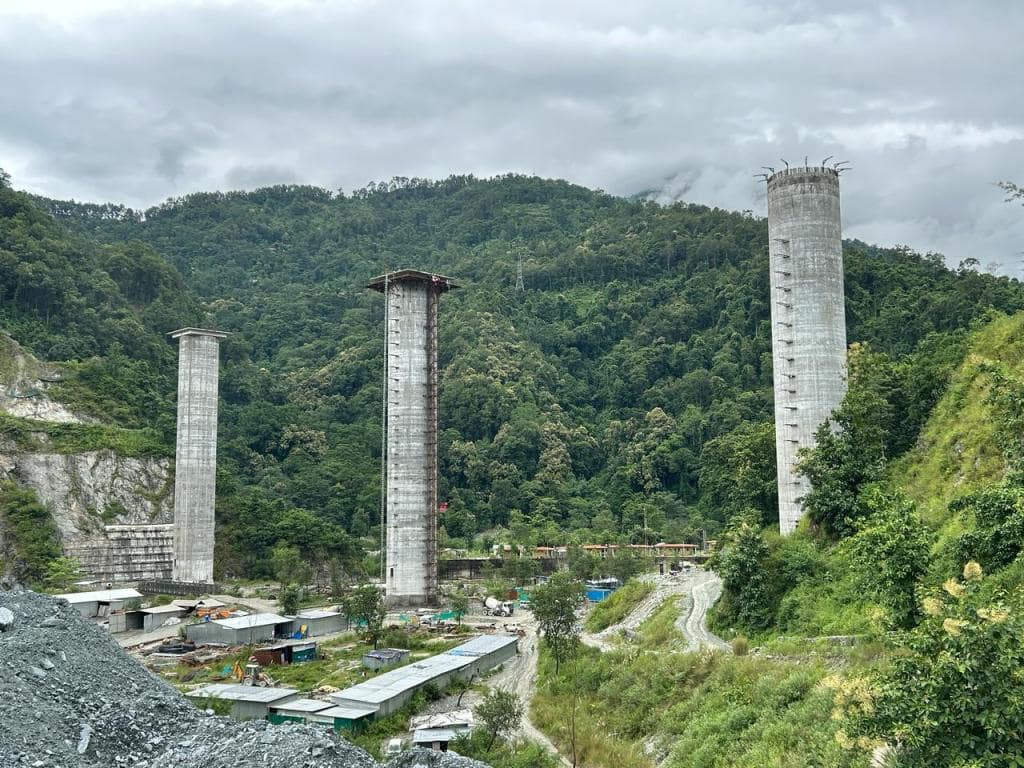Siliguri, India: In the heart of the formidable Himalayas, an extraordinary engineering feat has taken shape. The Sivok to Rangpo Railway, a marvel of modern infrastructure, weaves its way through some of the world’s most challenging terrain, heralding a new era of connectivity for India’s northeastern state of Sikkim. This ambitious project, envisioned to bridge the gap between the remote town of Rangpo and the rest of the country, is a remarkable testament to human ingenuity, determination, and perseverance.
A Vision Takes Shape
The conception of the Sivok to Rangpo Railway stemmed from the need to integrate Sikkim more seamlessly into India’s railway network. Until now, Sikkim remained one of the few Indian states without a direct rail link, compelling residents and travellers to rely heavily on road transport. Recognising the economic and social significance of improved connectivity, engineers and planners embarked upon this formidable task of carving a railway line through the rugged Himalayan landscape.
However, translating this vision into reality was fraught with formidable challenges. The railway had to traverse steep mountain slopes, deep valleys, and dense forests, making it one of the most technically complex projects undertaken in the region. Engineers meticulously surveyed the terrain, grappling with the difficulties of constructing railway lines across unstable geographies prone to landslides and seismic activity.
Tunnels and Bridges: Conquering Natural Barriers
To navigate the unforgiving topography, the railway line incorporates an intricate network of tunnels and bridges, standing as a testament to advanced engineering. Covering a total distance of approximately 44.96 kilometres, the railway features 14 tunnels, collectively spanning nearly 38 kilometres, meaning that nearly 85% of the railway line runs through tunnels. The longest tunnel, Tunnel No. 10, stretches over 5.3 kilometres, showcasing the sheer scale of excavation and tunnelling expertise involved in the project.
Bridges along the railway line are equally impressive, soaring above deep ravines and tumultuous rivers. There are 13 major bridges, with the Teesta Bridge standing as a crowning achievement. Spanning the tempestuous waters of the Teesta River, this towering structure embodies the fusion of aesthetics and resilience, allowing trains to glide seamlessly above the river’s roaring currents.



